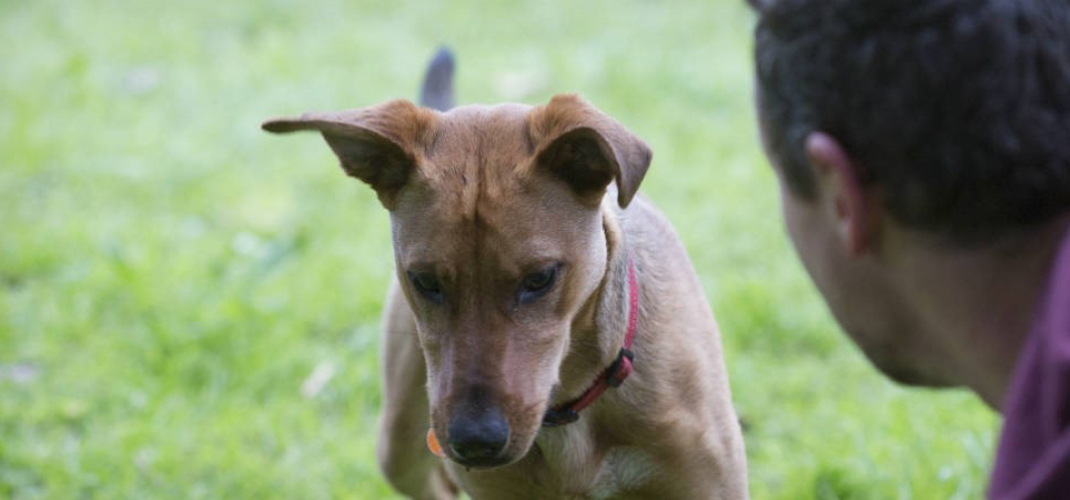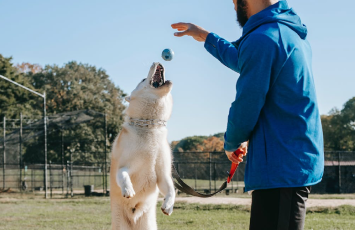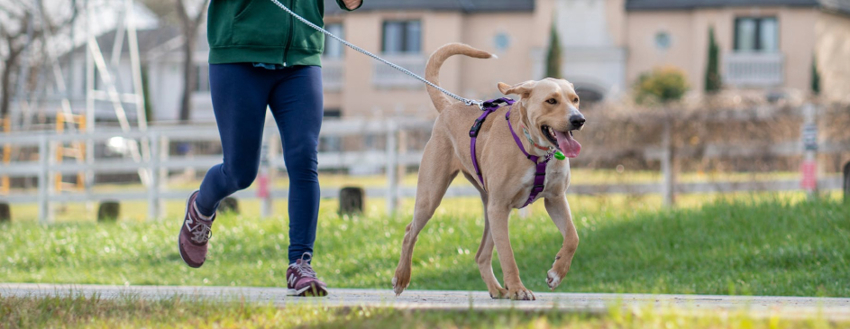The Weight Game - Keeping your Pets Weight in Check

Around half of all pet cats and dogs are overweight or obese. If this was a human statistic, it would be quite shocking, but with pets is it really a major issue?
In fact, the bodies of pets and people work in fairly similar ways. When we – pets or people – are lean, our appetite and energy levels are in a fine balance, but once we become overweight, the fat starts to produce hormones and enzymes that affect our health.
As a result, just like their owners, fat cats and dogs are more prone to diabetes and joint, urinary, liver, kidney and skin disease. In fact, overweight cats are four times more likely to have diabetes than their thinner furry friends.
So, keeping your cat or dog slim, trim and a healthy weight throughout his life means it will live longer and have a happier life. Who wouldn’t want that for their pet?
How do we define normal?
Our impression of what is normal has shifted over the years, and the body shape that most of us would consider to be normal is actually now about 20 percent overweight.
Cats and dogs at their ideal weights should have easily felt ribs, an hourglass waist, a “tummy” tucked up from the side, and no saggy belly fat.
What’s the best way to deal with a podgy pet?
As with most people, weight loss is generally more successful when you use a combination of diet and exercise. However, something that you can add to your pet’s weight loss regime is feeding enrichment – making feeding time a bit more interesting, so they don’t wolf down their entire dinner in a matter of seconds.


Diet is the cornerstone of weight loss, and natural food diets like Black Hawk have been designed to reduce the number of calories consumed, improve their fat-burning capabilities, and address issues such as joint disease and inflammation, which are common problems for overweight pets.
Exercise, as with people, goes hand in hand with diet if you want your cat or dog to shed the pounds.
You can try out various toys and balls to encourage activity and increase the number of calories that are burned each day. Cats are likely to be attracted to leaping after feather wands and many dogs can’t resist chasing a ball. Using a ball thrower will help to extend the distance the dog has to run to fetch the ball, but if it’s not a natural chaser, find another activity that appeals, increase the exercise levels and you’re likely to have a bit of fun along the way.

The third prong is feeding enrichment, so try using a variety of puzzle or maze balls for half or even all of their daily rations. Not only does this give them exercise and mental stimulation, but if they are home alone, it will help relieve boredom.
With cats, you can move the food bowl around to different locations so they have to walk further to get to their food. Treat balls are another way of creating excitement for your cat at mealtimes.
Rather than emptying the bowl in seconds, they can play with their food, as they would with a mouse. Cats that do this often eat less and have the benefit of increased exercise.
Remember that your pet doesn’t need to be fed every time it asks for something to eat.
Your dog may whimper every time you walk into the kitchen, but this doesn’t necessarily mean it is hungry. It may just have you well trained! So try a cuddle or a few minutes of playing, and this may do the trick.
Another potential area for dietary disaster with your pets is in the distribution of treats. We all love to give our pets rewards and treats, and often this is a very useful and effective way of getting the best behaviour, especially with dogs, but it can have unintended consequences.


